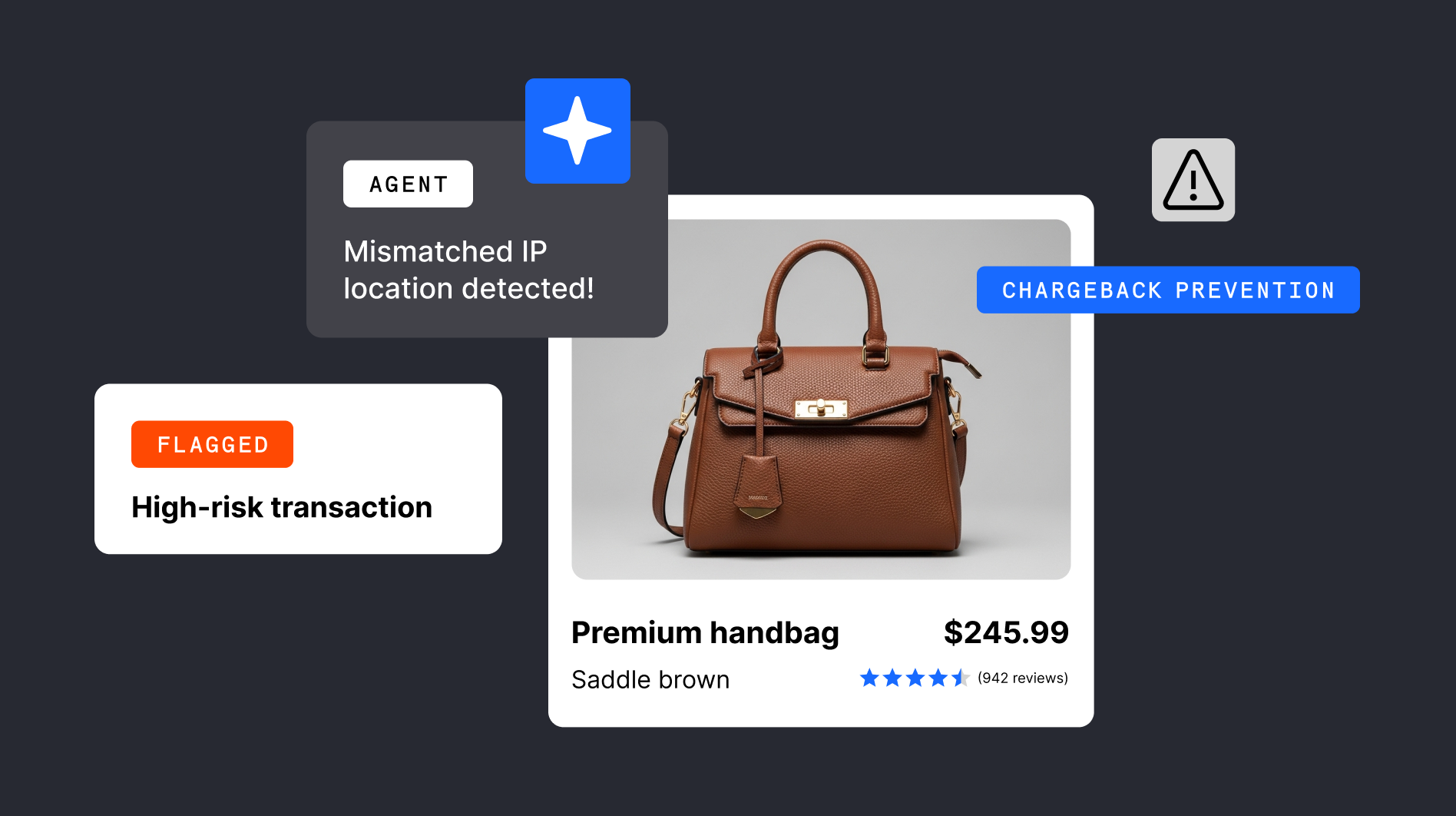The terms refund and reversal are sometimes used interchangeably, but they are far from synonymous.
As a merchant, it’s crucial that you understand the differences between these two types of transactions, their role within the payments process, and the effect that they can have on your business. Whereas one can be achieved almost immediately with little to no inconvenience, the other presents a financial and administrative challenge that you’re better off guarding against.
Refund vs. reversal transaction
Below, we explain reversal vs. refund and give some examples of when they might occur and how you can minimize their impact.
Refund
A refund usually occurs when a customer would like to return something they’ve already purchased, after the payment has settled in your business’s account, meaning the cost of the item must be sent back to the customer.
To initiate the refund, customers contact your business directly, and your acquirer reimburses them via their original payment method. Refunds typically take between one and seven business days to be processed, but can take considerably longer. As well as losing a sale, the downside of a refund for your business is that you also have to pay interchange fees, and often any return shipping fees (depending on the policy you have in place).
Learn more about the importance of fast refunds during the holiday season.
Reversal transaction
Unlike a refund, a payment reversal occurs before the customer’s funds have been settled in your account, and can be initiated by you, your acquirer, or the card issuer. Customers can request a cancellation, but can’t formally authorize a reversal like the other parties.
A reversal can be completed a lot quicker than a refund, which is a lot less disruptive for both you and your customers. And because the transaction never settles, interchange fees aren’t charged – although some small processing fees may still apply.
Reversals can occur for many reasons, usually because either you or your customer has noticed an issue with the transaction. For example, if you’ve charged the incorrect amount, your customer suddenly changes their mind about the purchase, or the item is no longer in stock.
Here, we are specifically talking about an authorization reversal – so-called because it takes place in the window of opportunity created by the authorization process and before the funds have left your customer’s account. Reversal transactions can take place almost immediately, sometimes without the customer even being aware (if you’re at fault and immediately spot your error).
Technically, refunds and chargebacks can be categorized as post-settlement reversals because the charge has to be reversed. But in industry terms, “reversal” usually refers specifically to an authorization reversal (before settlement).

Examples of a refund vs. payment reversal
Below are typical examples of when a refund might take place and when a reversal might take place.
Example of a refund
A customer buys a pair of jeans from your ecommerce clothing store. In the time it takes for the order to be processed and delivered to their address, the payment has been taken from their account and settled in yours. However, when the jeans arrive and the customer tries them on, they don't fit. The customer then requests a refund directly from you and returns the jeans, and the full transaction amount is taken from your account and sent back to their original payment method. Your business is also charged interchange and return shipping fees.
Example of a reversal transaction
A customer sees the jeans on your online store and attempts to purchase them, but is then informed they’re no longer available in their size. While the payment is still pending and has not yet been taken, the customer requests to cancel the transaction. No funds are transferred from their account to yours, so none have to be returned, and there are no fees, but the customer may see a temporary authorization hold until their bank processes the reversal.
How Checkout.com can help merchants to reduce the risk of refunds and payment reversals
Refunds and reversals can be costly and disruptive for your business. With a trusted payments partner like Checkout.com, you can minimize the impact of both types of transactions.
We have a range of solutions that can reduce the impact of refunds and reversals, including Fraud Detection Pro, which identifies and stops transactions that are flagged as suspicious in order to prevent chargebacks, and Disputes, which helps you recover revenue from chargebacks and keep genuine customers happy.
Our Fast Refunds capability, part of our Payouts product suite, lets you send funds back to customers in near real time – often within minutes of approval (if the issuer is fast-funds enabled) – 24/7, 365 days a year. Fast Refunds can also handle partial refunds for you, so more complex cases like multiple-item orders can be processed smoothly.















.png)
